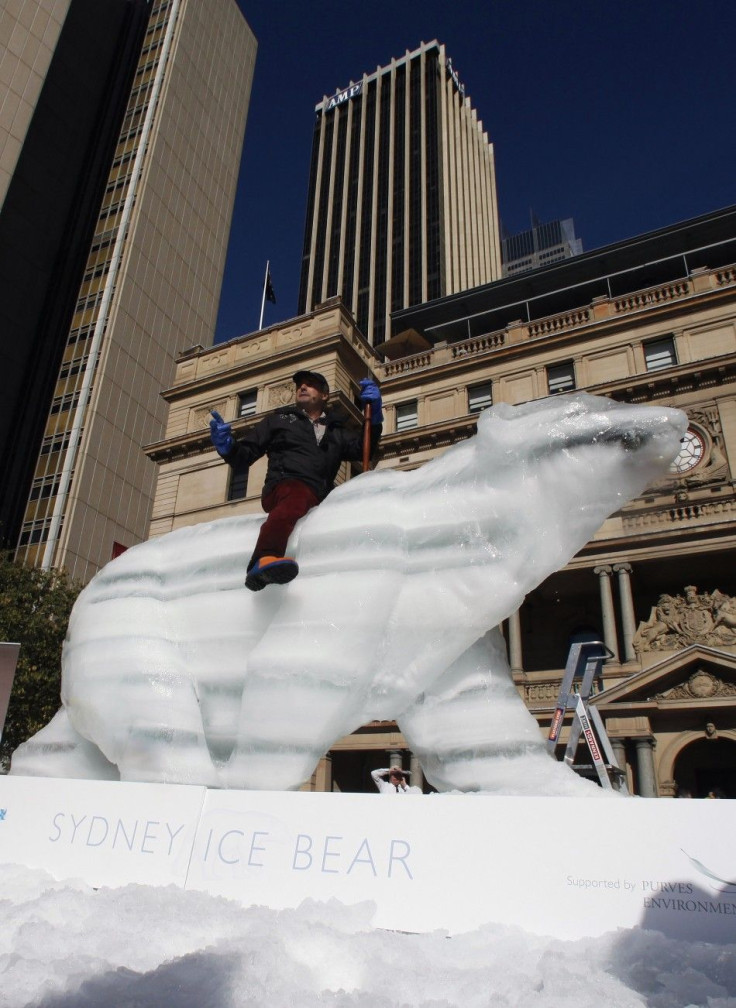2007 Arctic Fire Released Reflected Rapid Warming: Study

A 2007 wildfire in northern Alaska released as much carbon as the entire Arctic tundra absorbs in one year, scientists said.
The Anaktuvuk River fire spanned 400 sq miles and doubled the amount of Alaskan tundra affected by fire since 1950.
The Artic is warming quickly and the team said in the journal Nature that fire will likely become more common. In turn, a new climate feedback can be created, they said.
Tundra fires are extremely uncommon as the ground is snow-covered for a large part of the year and temperatures are also low in the summer. Melting can have dire consequence
Melting can also release carbon that's frozen since the Pleistocene, the study found.
2007, however, saw unusually warm and dry conditions across the Artic. Fast melting of Artic ice sea also enabled conditions conducive to fire and when lightning struck in July, the Anaktuvuk River fire ignited.
The team said that the fire was remarkable and that it was the largest on record and that carbon was emitted into the air 100 times faster than it usually escapes from the ground. 2 million tonnes was released into the air.
The latest data on Arctic sea ice revealed that 2011 may see an even more intense melting, beating the 2007 record.
The study also said that increasing temperatures in the Arctic could strengthen and increase the frequency of fires, enabling more carbon emission into the air and further reinforcing global warming.
"Once permafrost melts beyond a certain depth on a slope, then all of the organic layer slides down the slope like a landslide," Dr. Mack told BBC News.
© Copyright IBTimes 2025. All rights reserved.





















